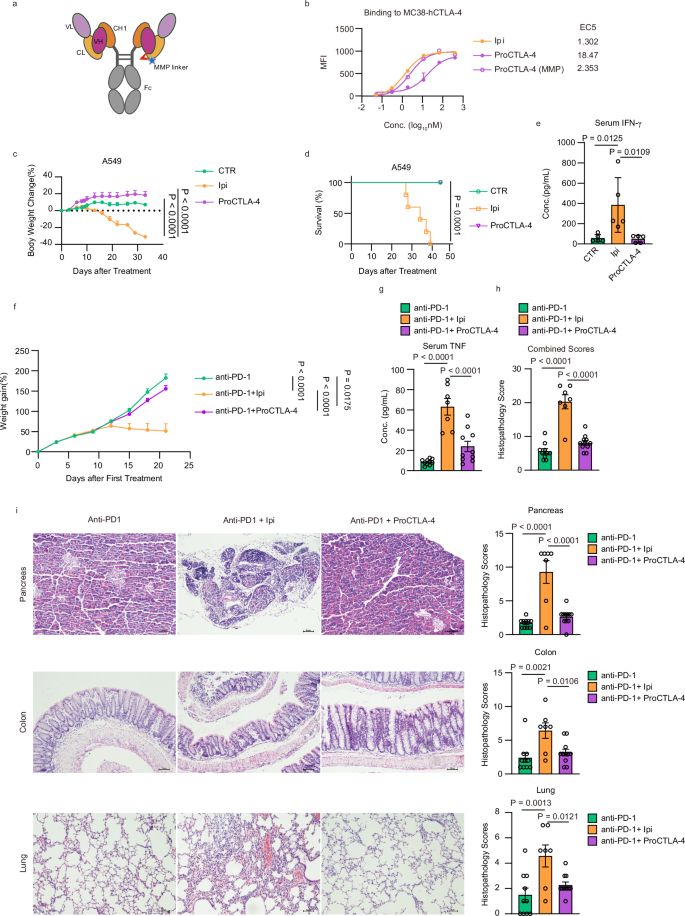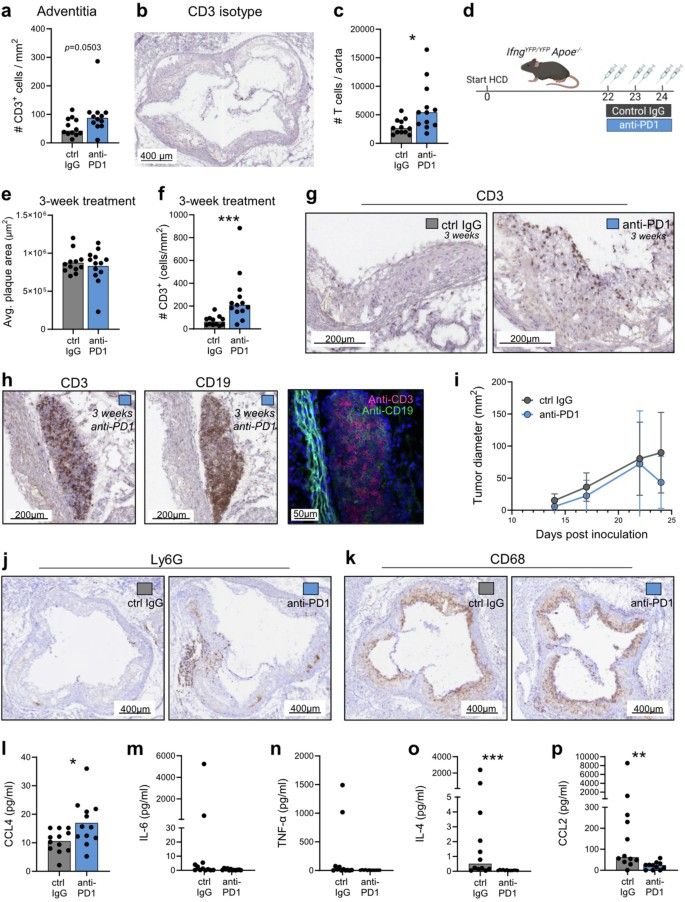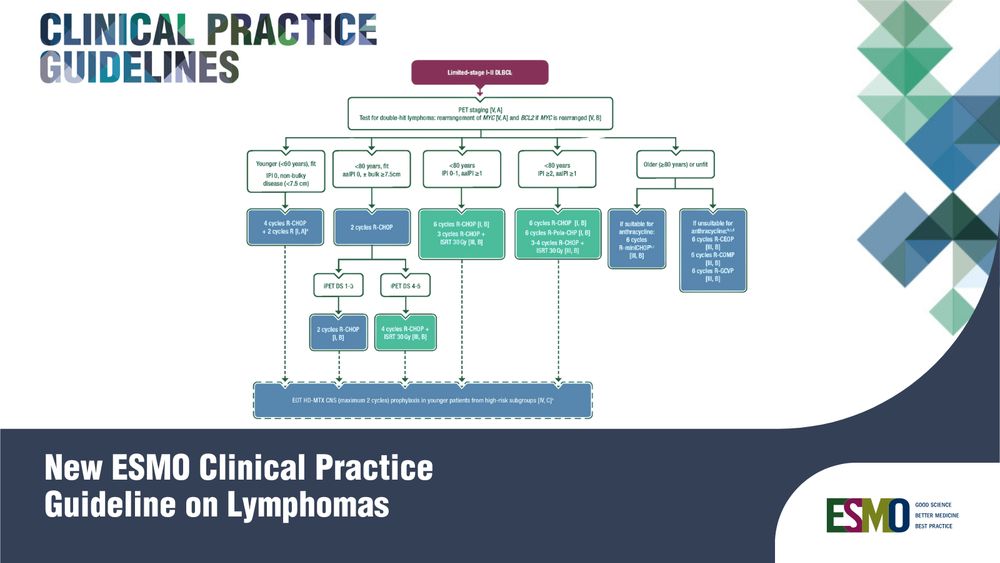
@natrevclinonc.nature.com Open Access Link: shorturl.at/YHOAn
- 31 pts, 3 prior LOT, most axi-cel
- 65% G3+ CRS, 19% G3+ ICANS
- 16% D+28 mortality (!!!)
- 6-mo CR 19%, mPFS 2.3 mos, mOS 6 mos
- 3 pts who got post-CAR allo all relapsed
Dismal outcomes & unmet need (BsAb? alloCAR?) #lymsm #ASH25 ashpublications.org/blood/articl...

- 31 pts, 3 prior LOT, most axi-cel
- 65% G3+ CRS, 19% G3+ ICANS
- 16% D+28 mortality (!!!)
- 6-mo CR 19%, mPFS 2.3 mos, mOS 6 mos
- 3 pts who got post-CAR allo all relapsed
Dismal outcomes & unmet need (BsAb? alloCAR?) #lymsm #ASH25 ashpublications.org/blood/articl...








Thanks David Russler-Germain + collabs
aacrjournals.org/clincancerre...

Thanks David Russler-Germain + collabs
aacrjournals.org/clincancerre...
www.nejm.org/doi/full/10....

www.nejm.org/doi/full/10....
Patients who got shots of mRNA before starting a type of cancer immunotherapy lived much longer
www.science.org/content/arti...
on @nature.com
www.nature.com/articles/s41...

Patients who got shots of mRNA before starting a type of cancer immunotherapy lived much longer
www.science.org/content/arti...
on @nature.com
www.nature.com/articles/s41...
- symptom incidence & severity much higher measured by PROs
- sustained improvements in all QOL domains except cog functioning (worse R-CHOP arm)
We must measure PROs in #lymsm trials!
ashpublications.org/blood/articl...


- symptom incidence & severity much higher measured by PROs
- sustained improvements in all QOL domains except cog functioning (worse R-CHOP arm)
We must measure PROs in #lymsm trials!
ashpublications.org/blood/articl...
www.nature.com/articles/s41...

www.nature.com/articles/s41...
www.nature.com/articles/s44...

www.nature.com/articles/s44...
www.cell.com/immunity/ful... @fredhutch.org

www.cell.com/immunity/ful... @fredhutch.org
Explore the data ▶️ tinyurl.com/5n7dfnws @ihmeuw.bsky.social #NCDs

Explore the data ▶️ tinyurl.com/5n7dfnws @ihmeuw.bsky.social #NCDs
@stanforduniversity.bsky.social
www.nature.com/articles/s41...
@unicologne.bsky.social www.nature.com/articles/s41...

@mpiage.bsky.social @uniklinikkoeln.bsky.social




@mpiage.bsky.social @uniklinikkoeln.bsky.social
#MedSky #Hematology #Genetics

#MedSky #Hematology #Genetics











#DLBCL #PCNSL #FollicularLymphoma #HodgkinLymphoma #ESMOGuidelines
🔗 buff.ly/2ZYJc2c

#DLBCL #PCNSL #FollicularLymphoma #HodgkinLymphoma #ESMOGuidelines
🔗 buff.ly/2ZYJc2c
Immune-related adverse events associated with cancer immunotherapy
www.cell.com/med/abstract...

Immune-related adverse events associated with cancer immunotherapy
www.cell.com/med/abstract...
#MedSky

#MedSky


Oral supplementation with Akkermansia spp. Improves the efficacy of CAR-T cells against B cell lymphoma.
🧪
aacrjournals.org/cancerdiscov...
Oral supplementation with Akkermansia spp. Improves the efficacy of CAR-T cells against B cell lymphoma.
🧪
aacrjournals.org/cancerdiscov...
www.nature.com/articles/s42...
www.nature.com/articles/s42...

www.nature.com/articles/s42...
www.nature.com/articles/s42...

